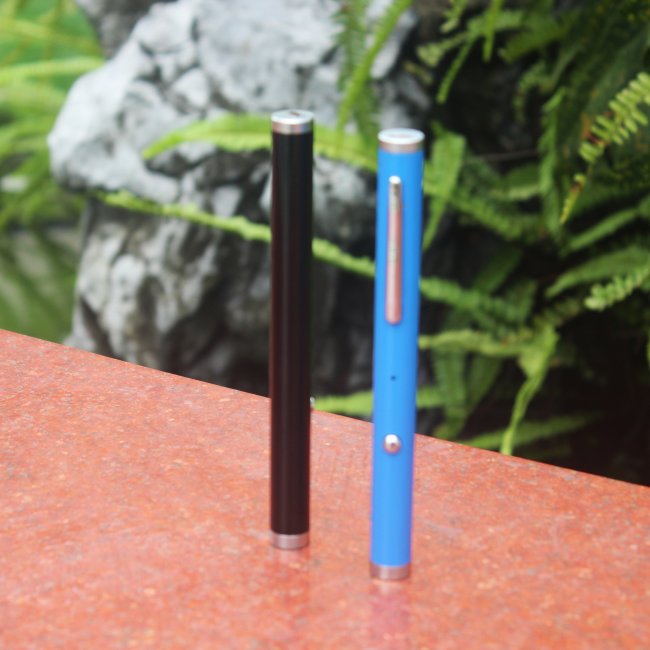The RGB pure laser engineering projector using the latest pure semiconductor laser pointer light source adopts the separate design of the laser light source and the projector optical machine, and has the characteristics of ultra-high output brightness, ultra-high resolution, ultra-long service life and extremely high color saturation. At present, the luminous flux output of a single unit can easily reach 25000 lumens, the resolution can reach 4096×2160, the light source attenuation is not more than 20% in 20000 hours, it supports 7×24 hours of continuous work, optional lens configuration, and has the advantages of stability, reliability, safety, and energy saving. . Mainly used in exhibition display, command monitoring, video conference, stage setting and other fields.
The laser phosphor display technology uses a monochromatic laser (ie blue laser) combined with a multi-color rotating phosphor pink wheel technology containing phosphors such as red and green to produce the three primary colors of red, blue and green. The laser phosphor light source only uses a set of blue lasers, and the rotation of the multi-color phosphor pink wheel effectively solves the thermal quenching and heat dissipation problems of the phosphor, so that the phosphor can work stably under the conditions of high-intensity excitation light. Red light, green light and blue light; At the same time, the rotation of the multi-color fluorescent pink wheel is used to achieve different colors of light output at different times, and finally white light/color light output.
The laser phosphor light source technology has overcome the most fundamental technical difficulties of laser display in terms of efficiency and reliability. The light source display terminal has the following characteristics: the color is more pure, closer to the international standard color gamut; long life: ≥60,000 hours, 10 times longer than UHP lamp (high pressure gas arc discharge lamp) life; high safety and reliability: no decoherence , It is safe to human eyes, no explosion hazard.
The application of laser phosphor display technology solves the problems of laser display in cost, environmental protection and user experience. However, the phosphor laser projector can only be realized with a single-chip DLP due to the nature of its light source, and cannot be applied to the large-screen market due to the single-chip nature. In addition, phosphor DLP rear projection box products only change the problem of the life of the light source. Since the wavelength of the three-color laser produced by the phosphor laser product is different from the wavelength of the semiconductor laser, the effect is very general (only equivalent to 1 of the three primary color pure laser /4), and the brightness decays fast. The color gamut is not much different from the mercury lamp, and the effect is average.
In the transition phase of LED light source technology to laser light source technology, a technology that mixed the two vacated. The new green laser pointer + LED light source combines the characteristics of the long life and wide color gamut of these two light sources to achieve high brightness while being more environmentally friendly. At this stage, it is mainly used in the fields of business and education. Laser + LED hybrid light source technology is to convert red (high-brightness red LED), green (blue laser is converted to green by phosphor), and blue (blue laser). Projection through DLP chip can eliminate the use of high pressure mercury bulb Realize high brightness projection. Compared with traditional projection bulbs, one of its biggest advantages is its long life.
The use of a new type of hybrid light source combining laser and LED can make the life of the projector light source up to 30,000 hours, which is 5-6 times the life of the ultra-high pressure mercury lamp light source. Compared with the projector that needs to replace the bulb, the maintenance cost and the use cost are reduced. And the brightness attenuation is not obvious for a long time, and the bright image quality can be maintained for a long time.
The laser + LED hybrid light source combines the advantages of the two, and can also create excellent color reproduction performance, making color rendering brighter and more colorful. Every detail and outline can be reproduced clearly, providing users with realistic and delicate color and image effects, and the display effect can be substantially improved. At present, hybrid lasers are mostly used in DLP/LCD, the red and blue use lasers, and the green light uses LEDs. This piece of cake solves part of the life problem and the effect is average.
In addition, it is worth mentioning that the dispute between lasers and LEDs in the display industry may be resolved. As the criticism of limited brightness has not been resolved, LED light source equipment may shrink. From the perspective of industry development trends, the best light source in the current market is laser light source. Although LED was once considered to be the “next generation” light source, it is difficult to achieve high brightness, so its prospects are worrying. After the introduction of pure laser technology based on three primary colors, LED light sources have been “abandoned” by some manufacturers. At this stage, the three primary colors of pure laser, phosphor + blue light, and LED + laser will coexist for a period of time; however, from the perspective of technical deduction, the former will eventually dominate the entire projection market.
